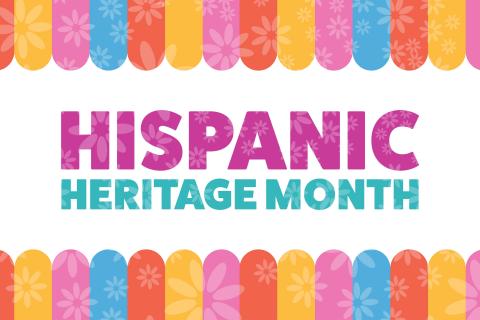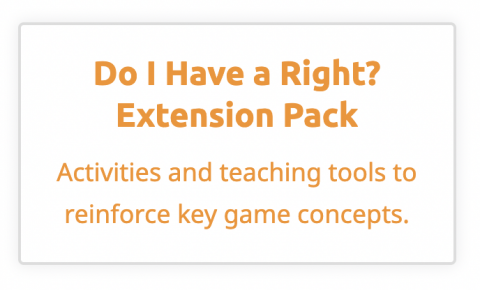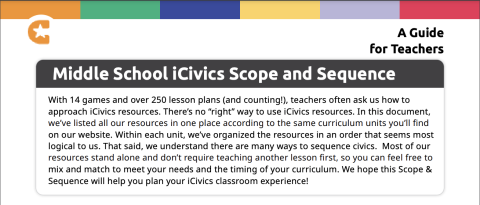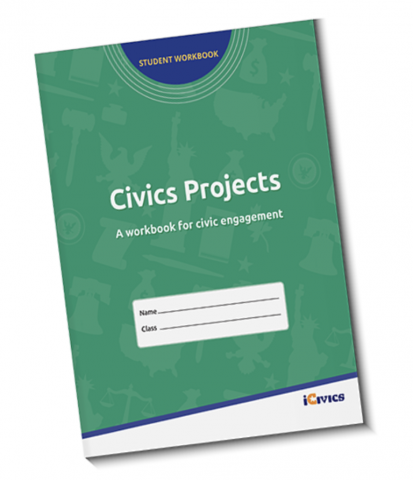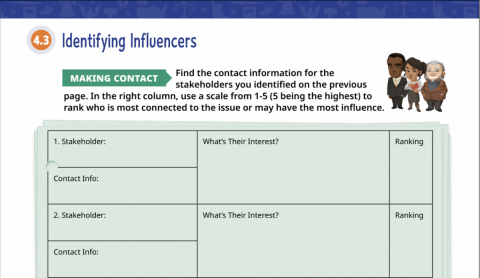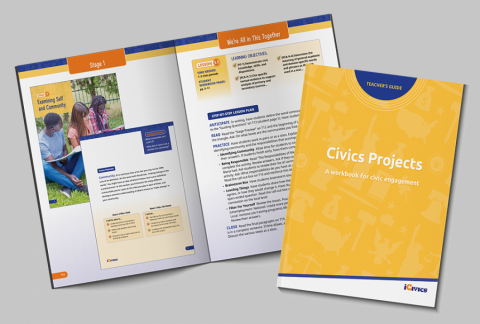I started my 20th year in education in the second year of a global pandemic. Teachers, doctors, nurses, and countless other medical and educational personnel are exhausted, drained physically and emotionally—and yet they keep showing up to do the job.
As I listen to the academic conversations in my classroom, I can’t help but remember how emotionally and physically exhausted my students must be, too, yet they keep showing up to do the job.
I think of those in this amazing country that, despite a global pandemic, continue showing up to fight for justice, for peace and for recognition.
As a Latina, entering Hispanic Heritage Month always fills me with pride. I can’t help but be grateful for the commitment, the courage, and the integrity of those that lobbied for Hispanic Heritage Week to be created in 1968—and even more so for those that continued the fight into 1988, which led to the Hispanic Heritage Month we celebrate today.
As a Spanish/English Dual Language teacher, I am so thankful for those that had the courage to fight for equality of education for English Learners. Cases like Lau v. Nichols paved the way for an incredible shift in education for our ELs. I think of Dr. Antonia Pantoja who founded ASPIRA and fought endlessly for educational access for the disadvantaged Latinx students in New York. Thanks to her efforts, and the efforts of those who supported her, the ASPIRA Consent Decree is now the foundation for many EL Programs across the country!

And finally, I think of Justice Sonia Sotomayor who, after overcoming her own insurmountable obstacles, became the first Latina Supreme Court Justice! In 2015, she became a board member of iCivics and her mission was to make sure that the games and support materials were accessible to all learners, especially English learners. In 2017, Do I Have A Right? became the first game with supports for English and multilingual learners and a Spanish version, ¿Tengo algún derecho?. It’s also the first game I ever used in my Dual Language classroom! I love how it not only allows my students to learn about their rights in this country, but their parents can, too! Thanks to Justice Sotomayor’s efforts to ensure a civic education for everyone, I am able to provide educational support to my Spanish-speaking EL students through iCivics’ ELL resources.
iCivics continued to provide support to our ELs during the pandemic. They teamed up with Kami to provide additional support to students learning online. Online learning proved to be difficult for many of our ELs who learn best by working together, hearing language spoken, and applying language. Thankfully, Kami provided an opportunity for students to continue to interact with language by providing ways to record verbal responses, as well as written responses in both languages. The typing capability and highlighting features allowed students to interact with the language depending on the tasks provided by the teacher.
So during this Hispanic Heritage Month, take time to remember those who demonstrated, and continue to demonstrate courage, integrity and commitment by fighting to level the playing field for our Latinx students!
How will you share stories of courage with your students?
Other iCivics Resources for Teaching English and Multilingual Learners:
Written by Verónica Schmidt-Gómez, MEd
Verónica Schmidt-Gómez teaches Dual Language World History, Dual Language Civics, and Dual Language U.S. History at Turner Bartels K-8 School in Tampa, FL. She has been a member of the iCivics Educator Network since 2020. Follow her on Twitter at: @SraGomezDual.

